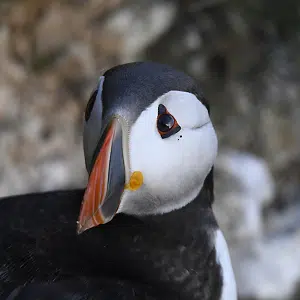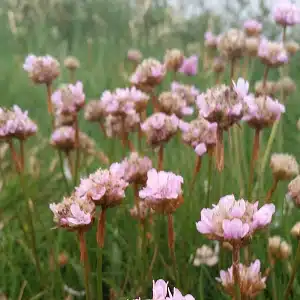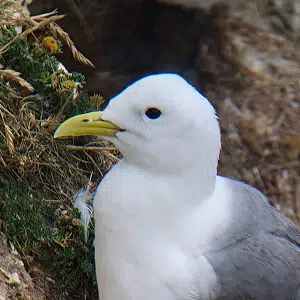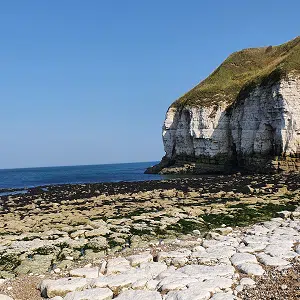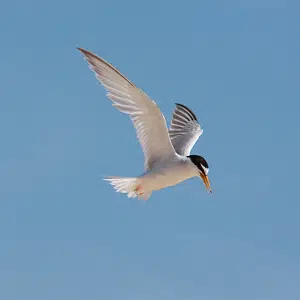SSSIs help to support Marine Protected Areas
Sites of Special Scientific Interest (SSSIs) are not technically marine protected areas, but they are the basic building-blocks of nature conservation areas in England. They are designated to provide protection to a specific habitat or species, or to acknowledge the importance of a particular geological area for the wider ecosystem. SSSIs are conservation areas in their own right, but they are also used to ‘underpin’ international designations such as Special Protection Areas.
There are fourteen SSSIs directly on the Yorkshire coast, providing protection for unique geology, important coastal habitat and wildlife. Whilst not all features of these SSSIs are specific to the coastal and marine environment, they highlight the diverse tapestry of Yorkshire’s cliffs and shoreline.
Map of SSSIsHow are SSSIs managed?
SSSIs are designated by Natural England. Through the designation process, Natural England will establish whether the site is in a ‘favourable’ condition and identify any activities that are likely to damage the site’s features. These details will inform which activities require Natural England’s consent before they can take place within the SSSI, even if the designation is on private land (as many are). Natural England will work with landowners to minimise the risk of damaging activities and make sure that the site reaches, or is maintained in, a ‘favourable’ condition.
Information about each SSSI can be found on Natural England’s Designated Sites System. This system contains maps, details about management, lists the activities requiring Natural England’s consent and highlights other overlapping designations. In some locations, the SSSIs may also be considered under local or regional management plans.
Designated Sites SystemFeatures of Underpinning SSSIs
The SSSIs which underpin other designations reflect the importance of that location. For example, the Flamborough Head SSSI protects the important coastal chalk geology which, in turn, provides habitat for the UK’s largest mainland breeding seabird colony – the Flamborough and Filey Coast SPA. Equally, the Robin Hood’s Bay: Maw Wyke to Beast Cliff SSSI protects the same features as the overlapping Beast Cliff (Robin Hood’s Bay) SAC.
Ensuring that features of overlapping designations are interlinked provides comprehensive protection for these important areas.
Linked projects and further information

